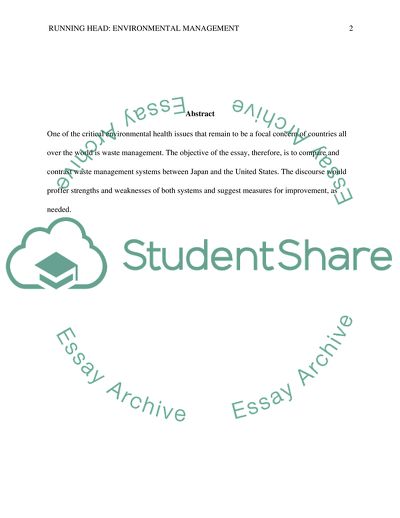Cite this document
(A Comparative Analysis of Waste Management in Japan and the US Coursework, n.d.)
A Comparative Analysis of Waste Management in Japan and the US Coursework. https://studentshare.org/environmental-studies/1743016-enviromental-mgt-compare-and-contrast
A Comparative Analysis of Waste Management in Japan and the US Coursework. https://studentshare.org/environmental-studies/1743016-enviromental-mgt-compare-and-contrast
(A Comparative Analysis of Waste Management in Japan and the US Coursework)
A Comparative Analysis of Waste Management in Japan and the US Coursework. https://studentshare.org/environmental-studies/1743016-enviromental-mgt-compare-and-contrast.
A Comparative Analysis of Waste Management in Japan and the US Coursework. https://studentshare.org/environmental-studies/1743016-enviromental-mgt-compare-and-contrast.
“A Comparative Analysis of Waste Management in Japan and the US Coursework”. https://studentshare.org/environmental-studies/1743016-enviromental-mgt-compare-and-contrast.


